Should I Get Fitted for Golf Clubs Before Lessons? Get Both Together
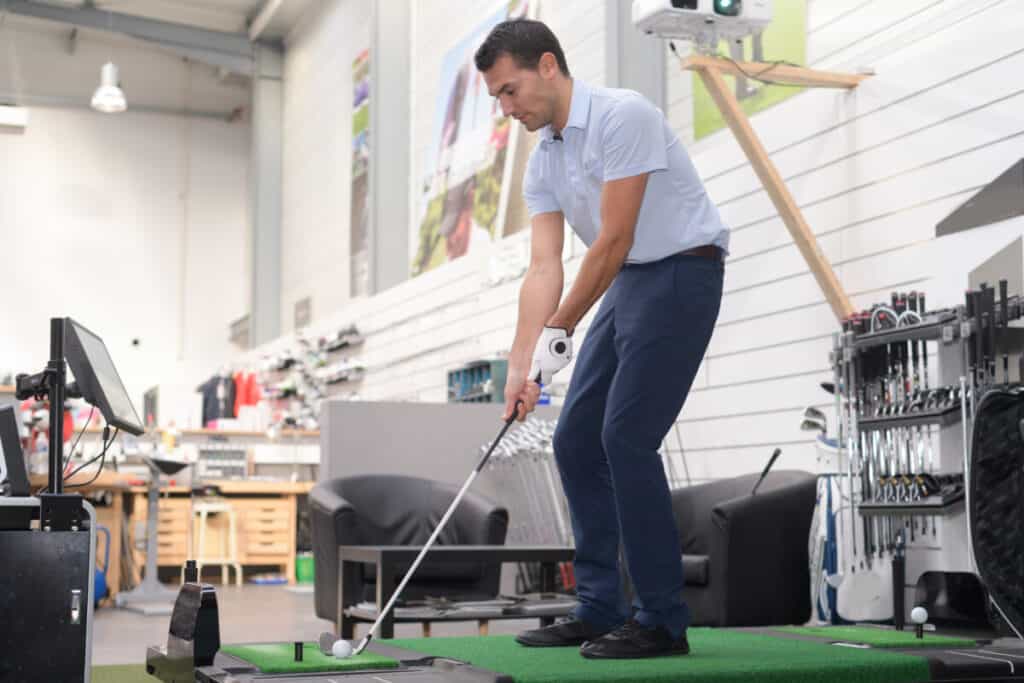
If you are watching or reading a lot about ways to get better at golf I can guarantee you that a club fitting will be close to the top of the tips you are seeing on a very consistent basis.
But if you are a beginner or simply struggling with your game you may naturally think that getting lessons is the best first step to take if you want to learn the game or get back on track before you get fit?
After all surely it’s not a good idea to get fitted for a poor swing before you change it when you go and get lessons? And if you’re a beginner golfer don’t you have to get lessons first to try to improve your game to a certain level before you go and get fitted for clubs and spend money on clubs?
It does not matter if you get fitted for golf clubs before or after lessons. Both benefit all players and your focus should be on finding the right clubfitter & coach. Fittings involve elements of lessons and being clear about your goals with fitters and coaches will ensure you get value for money.
Improvements to your golf game can come as a result of many different things – changes to your golf swing, better equipment, improved course management or simply a better mental approach to the game for example.
And as anyone who has played golf for any length of time will know there is no one secret ingredient to guarantee success and this includes a custom club fitting and golf lessons.
If there was one the people who invented it would be very very rich indeed but it would also make the game a lot less interesting than it is.
Taking a considered view therefore of how you approach the decision of when to get a golf club fitting in and amongst any lessons you are getting can without doubt allow you to make huge strides with your game.
Fit Your Clubs for Your Good Swings not Your Bad Ones
Let’s just start with a clear statement of fact.
Every golfer, no matter their standard, can benefit from a golf club fitting. No ifs no buts.
And it makes obvious sense when you think about it. Having a set of clubs which have been fitted to be the best length, have the best shaft, loft, lie angle, grip for your height and hand size is inevitably going to be better than ones you just grab off the rack.
Your mind and body is smart though and will try and adapt your swing to hit the golf ball as well as you possibly can with whatever clubs you have in your hand.
It may not feel like that sometimes, particularly if you are hitting the ball badly, but whether consciously or not you will change your swing around the golf clubs you are using.
“The fact is that most golfers tend to adapt their swing to their equipment….Golfers need to understand equipment has a lot to do with the way they swing.”
Nick Sherburne, co-founder of Club Champion, Golf Digest Best 100 Clubfitter
I was recenly watching a YouTube video for example where Jordan Spieth was trying to play with an old set of wooden clubs from the 19th century.
After only one swing of the club he was immediately talking about how he would have to change his follow through on the next shot because of the club.
Now that’s one of the best golfers in the world I hear you say. I couldn’t and wouldn’t do that.
Well think of it this way. If you are 5ft 6 inches tall for example and given clubs that are an inch longer and designed for someone who is 6ft 5 inches do you think you would stand the same distance away from the ball as you do with your own clubs? Do you think your posture as you set up to the clubs would be the same?
I guarantee you, you would change your set up and swing as you hit more shots with them as you tried to figure out how best to get a good hit with clubs that are too long for you.
And that’s why it’s important for everyone, no matter what their standard, to get fitted as early as possible in their golfing journey.
“Some golfers believe they have to get to a certain level to get fit, but that’s a wrong perception. Using the wrong clubs for you can negatively influence your swing and lead you to form bad habits.”
Todd Sones, Golf Magazine Top 100 Teacher
Arguably it’s a more important process for beginners, especially kids, than it is for regular players because if they have entirely the wrong clubs for them the first few times they play they may have no fun at all, immediately decide golf is not for them and not bother picking up a golf club again.
Start your golfing journey with golf clubs more suited to you however and you may end up hitting that first great shot that leads to you catching the golfing bug for the rest of your life.
For beginners also it’s critical to note that whatever you read or watch a ‘golf club fitting’ does not inevitably mean you will end up being forced to buy a brand new set of golf clubs with fancy shafts that cost many hundreds if not thousands of dollars or pounds of euros.
A fitting with a reputable club fitter can simply lead to a recommendation for you to use lighter ladies clubs you have access to rather than men’s clubs. The fitter could easily also suggest the clubs you have just now are fine for you to keep playing with them for now or suggest you buy a few 2nd hand clubs of a certain brand and spec.
Beginner’s do not need more than few clubs to start with – a wood, a 5, 7 and 9-iron or wedge and putter are absolutely fine to get started.
But how does this precisely relate to the question of whether a custom club fit should come before golf lessons or vice versa?
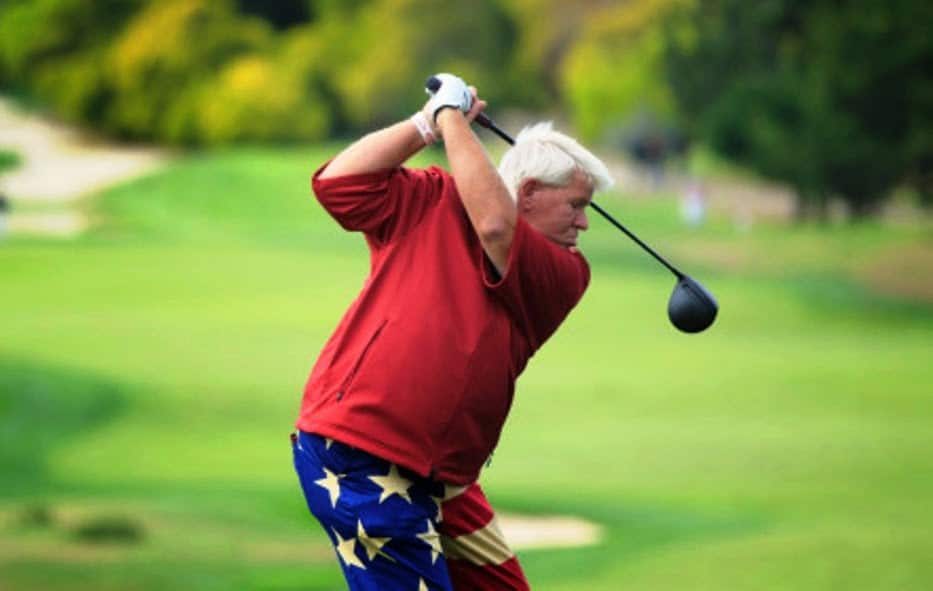
Well, if we agree that getting fitted is a good thing for all standards of player and can make a difference to your game and we know that getting golf lessons is also an excellent way to improve your game which comes first doesn’t really matter.
Both can help your game and taking one before the other is not going to make or break your golfing future. Picking the right teacher and fitter for you and then putting the practice in to make good on their recommendations and any money you spend is what’s going to make the real difference.
So if you plan to take both then go and get both organised whenever suits you and discuss with your fitter and / or coach – they can easily of course be the same person – and tell them you are getting fitted and taking lessons.
Despite what people may think sometimes given how expensive golf can be PGA pros and golf club fitters first and foremost want you to get better rather than just take your hard-earned money away from you any chance they get.
The duck hook that is currently plaguing your game may be because you have a bad fit club or because you have a swing fault. A good PGA Pro combined with a good club fitter will help you figure that out because the answer is not the same for everybody.
If a player is committed to changing their swing for example through a series of lessons to fix a fault then the fitter will probably approach things differently but if another player just wants to keep swinging the way they are then they will be fitted for what the fitter sees there are then.
For some taking lessons first will result in the pro telling you to go and get fitted because the clubs you are currently using will not allow you to correct the fundamental swing issue you currently have.
For others the fitter may tell them that their clubs look absolutely fine to them and it’s worth discussing the issue you are having with your ball flight with your local pro.
Good teachers will not continue to teach you with clubs they know are not helping you and good fitters will not recommend clubs which you don’t need if it’s clear to them that it’s your poor swing and not the clubs that are the problem.
Although club fitters are trying to minimise the damage caused by your worst shots they are aiming principally to fit your clubs for your best swing and not to correct a swing fault that you have.
So don’t think that taking lessons before you go for a fitting or vice versa is the key decision.
The decision to get some expert feedback from trained specialists you trust to help you improve is the key decision and if you’re still concerned about getting the order wrong you can easily choose to get both at the same time from someone who is both a qualified teaching pro and club fitter.
“A lot of people don’t really get clubs fitted to themselves. So it can be a driver shaft that’s too stiff, or maybe sometimes too soft even though normally it’s too stiff. You can see guys have a set that maybe they go up to a 3 iron and they don’t use any hybrids. And you see Tour guys, most of them have hybrids in the bag nowadays so it doesn’t make a lot of sense. Lots of mistakes go back to the fact that they don’t get a proper club fitting and it’s just a bit random.”
Francesco Molinari, 2019 British Open Champion
Club Fittings Can Manage Faults. Golf Lessons Can Fix Them
In truth a club fitting is essentially a bit of a lesson and a lesson will equally act to a degree as a club fitting.
A good golf instructor will point out straight away to you if they feel you are playing with clubs that do not fit you. And equally a good club fitter, especially those who are also coaches, will point out any obvious swing flaws to you that any amount of money spent on clubs won’t solve.
Indeed it was ironically probably the least talked about custom club fitting of them all – a putter fitting – which highlighted this most to me.
Because a putter stroke is such a straight forward and short motion compared to a full golf swing it feels before you go for one that’s there’s not a lot you can learn from it. But it’s exactly because the focus of a putter fitting is so dialled in on such a short motion that its benefits as a lesson can quickly become evident.
You can’t therefore but help learn lots both about your stroke and your putter simply because it analyses everything in much greater detail than you thought possible before you have one.
However while there are elements of the other in both a club fitting and golf lesson it is important to be clear about how much improvement you should expect from each.
And the best way of looking at it is that while a golf club fitting can undoubtedly improve your game it will not lead to the step change improvements that golf lessons with a qualified teaching professional can lead to.
Thinking about it another way there is not a custom club fitting in the world that is going to take you from an 18 handicapper and make you a single figure golfer. There is also not a club the best golf club fitter in the world can give you that is magically going to cure that big slice you have.
Golf lessons on the other hand, with the right qualified teacher, can fix major issues with a golfer’s swing and followed up with the appropriate amount of practice lead to huge improvements in your scores and handicap.
GolfTec, one of Golf Digest’s Top 100 Club fitters, are great at what they do and often cite the stats below about the average improvements they have seen in golfers’ games following a custom golf club fitting.

These are good numbers and as we’ve already covered I am fully on board with the fact that club fitting can help your game and do so straight away.
However if you are looking for 40 to 60 yards extra distance on your driver for example, and are still in good enough physical shape to get there, that sort of improvement will only come from golf lessons and a large amount of hard work.
That can be a tough message for a lot of golfers to take on board and the latest marketing from the club manufacturers can sometimes make you think that there is that club out there that you can get fitted for which will solve all your problems.
So they head off to the golf fitter grab the latest driver they heard about off the rack and start smashing away trying to produce the right numbers on the launch monitor.
Remember we’ve already discussed how players will adjust their golf swing to make the club they have in their hand work and experienced club fitters will tell you of frequent stories of customers altering their swing during a fitting in the desparate hope to produce the swing speed number they think will deliver them those Bryson DeChambeau like drives.
“Swing Your Swing”, as the great Arnold Palmer always said.
You keep doing the same bad things that make you bad and you never going to get better so it doesn’t matter what clubs you hit.
Chris DiMarco, 3-time PGA Tour Winner and frequent contributor to the Golf Channel
How does this help with how you approach lessons combined with a golf club fitting?
Well depending on how much change you are willing to make to your game and how much work you are willing to put in can make your decision for you.
For example if you are taking a longer term view and really want to make big strides in your game over a sustained period an approach geared more towards lessons will be the way forward.
Sharing such a goal with your club fitter and coach could make them focus on fitting you for clubs that can adjust with you as your swing develops or not changing them at all at the moment until you have managed to fix the major swing flaw they’ve identified.
If you’re like me though and have a busy family life and simply don’t have the time to embark on a programme of major swing changes requiring hours of practice to get right you may take a much shorter-term approach with your fitter and simply get fitted with clubs which let you manage the faults you have.
If you do this though and fail to address any major swing fault you may have there is going to be a limit to the improvements the club fitting can give you.
“Not every fitting is cut and dried, not always come in and here are the irons for you, here’s the shafts for you see you later. Sometimes there’s stuff to recommending a swing improvement.”
Matt Blois, Custom Golf Club Fitting Studio
Remember club fittings however good can only manage faults. They can never fix them like lessons and some hard work on the practice ground potentially can.
Golfers with great swings will undoubtedly be affected negatively by playing clubs which are not made ideal for them through a custom fitting. But if you have a swing full of faults a club fitting will help you hit more consistent shots but it’s not going to make the fundamental difference you may be looking for.
So when it comes where to spend your money across lessons and club fitting think about how much better you want to get and how hard you are able and willing to work to get there.
[Note – For full details on how much golf club fittings cost check out our detailed analysis here.]
Pick a Trusted Advisor to Listen to for Lessons & Club Fittings
Ask 3 different people a golfing question and you’ll probably get 4 different answers back. Everyone who plays or is involved in the game has an opinion about what others should be doing to improve their game.
For every person that swears blind that you have go and get fitted before doing anything else, never mind lessons, including a lot of club fitters it has to be said, there will be someone else who is equally vocal with the view that you should get lessons to iron out swing faults before you get fitted for clubs.
And that’s why choosing carefully who you listen to about what you need to do to improve your game is arguably more important.
Because if you start listening to lots of different opinions on the subject of lessons or fitting, or fitting or lessons, or fitting and lessons you’re going to get lost very quickly.
So if you are planning to take lessons and get a club fitting to improve your game spend more time working out WHO you are going to go to for both services than which comes first. And remember these can easily be the same person.
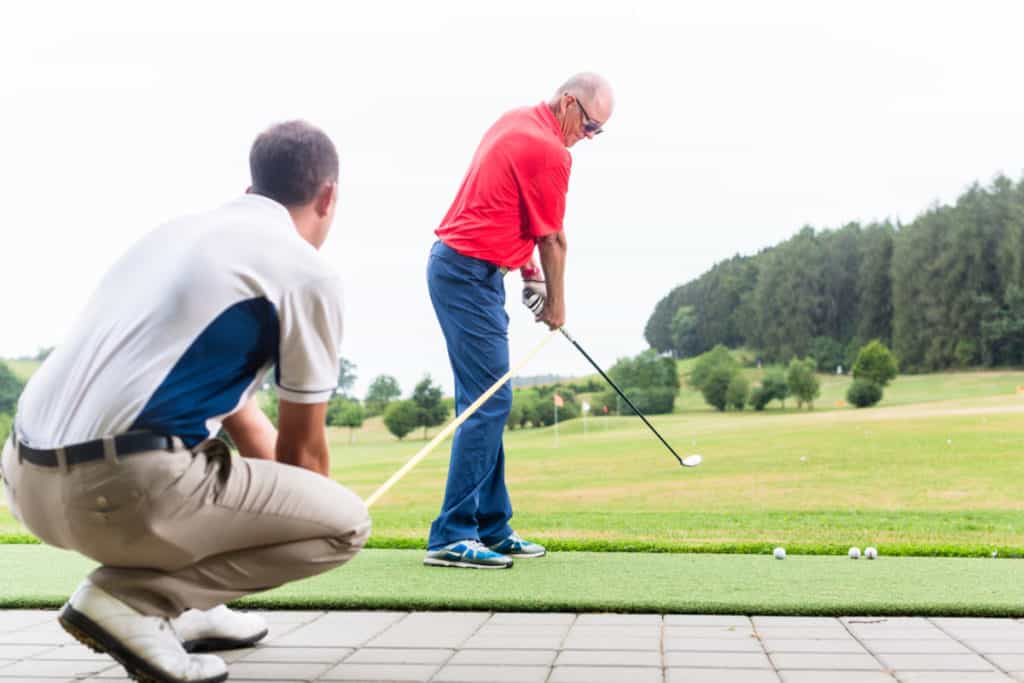
The best club fitters and coaches out there first and foremost want you to get better and that will be their first and last focus throughout all their dealings with you. They’ll be honest with you, not talk down to you simply because they know more than you and have a genuine interest in helping you enjoy this great game more.
And treat it like any other consumer situation. If your instinct is the person in front of you is not really that bothered in listening and discussing your game with you, and appears more interested in just getting a club in your hands which they think they can sell to you, walk away and try someone else.
Think also about what style of coach or club fitting advice you prefer.
Just like at school or during work development training where you undoubtedly liked some teachers and trainers more than others think about why that was and whether there is a clear style of instruction you prefer.
I’ll repeat the majority of pros and specialist club fitters are not there simply to try and flog you the latest bit of golf tech at a huge margin. They want you to keep coming back to see them if you continue to need help with your game and hear you are getting better.
But the style of some will undoubtedly be better for you than others and one of your goals should be to find them before you start spending money and go too far down the lesson and club fitting journey.
Because let’s not forget golf is an expensive game and a club fitting combined with a few lessons is going to cost money.
But finding the right golf coach / and or club fitter will actually save you money in the long term.
1 potentially more expensive lesson from an ideally suited teacher is going to be much more valuable than 5 cheap ones from someone you don’t get along with too well or even don’t like even.
That doesn’t mean of course more expensive lessons are automatically better but you get my point and it’s a fact that golf lessons from a poor instructor can make your game worse rather than better.
[Note – we’ve written another in-depth article about how can go about finding the best golf lessons teacher for you together with a complete guide to how much you should pay for golf lessons here.]
A good club fitter similarly will aim to get you into clubs that will last you a few years at least and be able to adapt to as many situations and courses as you are going to find yourself playing in.
And if you go in for a driver fitting and they can’t find another driver combination that can beat what you have they will tell you and ask if there’s another area of their bag they can maybe help more with. And when you hear that from a good club fitter trust me that’s a big vote of confidence for the club you have in your hand!
So in truth you can’t really lose whether you decide to get fitted for clubs before lessons or the other way round if you find the right people to go to.
“Start with golf clubs that are light enough for you to swing properly. I see so many 6, 7, 8, 10 year olds swinging these full-length clubs that are cut down, and they don’t swing the club; the club swings them. I actually started out with a U.S. Kids set …. I used women’s clubs – my mom’s backup set – when I was in middle school, and then moved to my dad’s old set when I was in high school.”
Maverick McNealy, PGA Tour player
Final Thought
As we have discussed it’s clearly a personal decision whether you go for a club fitting or get lessons first. Both can undoubtedly help your game but they amount they can do so is different as is the return on investment.
A club fitting can deliver immediate results to your game if you are playing the wrong clubs but good golf lessons followed up by some hard work can deliver more gains but over a longer time period.
The chances also of you making such dramatic changes to your swing following a series of lessons that it makes any equipment you have bought previously as a result of a fitting totally redundant is very very slim.
Also there’s nothing to stop you treating an initial club fitting session as simply an information-gathering exercise to start with. You don’t have to see it as a service which must result in you facing the choice to spend hundreds of dollars or pounds on a new set of clubs or not.
So if you’re worrying about whether you should get fitted before you take lessons it’s not really necessary. A combination of both is going to help your game and it’s simply a question of which is going to make the biggest impact to your game in the timeframe you want.
Other top articles related to this topic:
- How Much Does a Golf Club Fitting Cost? Is it Worth it?
- Should High Handicappers Get Fitted Clubs? The Benefits Apply to All
- Can You Get Your Existing Golf Clubs Custom Fitted? Complexity = Cost
- Is a Putter Fitting Worth it? It Removes a Variable or Three
- How Often Should You Get Fitted for Clubs? Use the 3 Tests
- Best Places to Get Fitted for Golf Clubs – A Complete Guide
- Should a Beginner Get Golfer Fitted for Clubs? Focus On Enjoyment
- How Long Should a Club Fitting Take? Take Your Time!
- Are Putting Lessons Worth It? We Surveyed Over 100 Golfers
- How Much Should You Pay for Golf Lessons? A Complete Guide
- How Many Golf Lessons Do You Need? 3 is the Magic Number
- How to Get Better at Golf Without Lessons – 16 Top Tips
RECENT ARTICLES
LEGAL INFORMATION
This site is owned and operated by Golfing Focus Limited, a private limited company whose registered office is in London, UK. Golfing Focus Limited is a participant in the Amazon Services LLC Associates Program, an affiliate advertising program designed to provide a means for sites to earn advertising fees (at no cost to you) by linking to Amazon.com. Golfing Focus Limited also participates in other affiliate programs with the eBay Partner Network, FlexOffers, CJ.com, Svorn and other sites and is compensated for referring traffic and business to these companies (again at no cost to you).
Our Socials

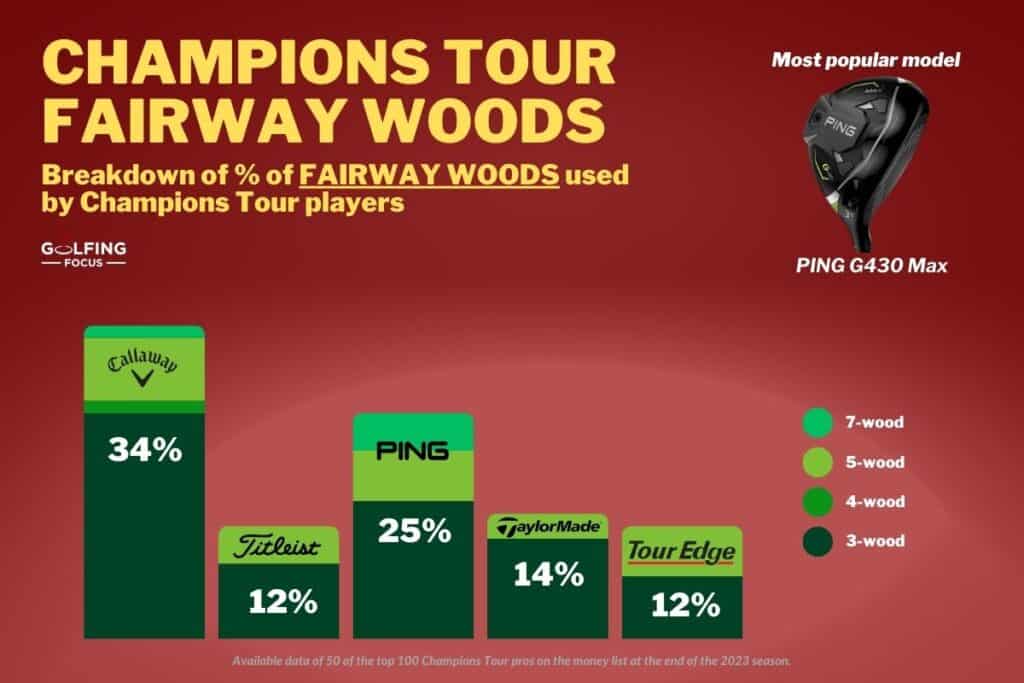
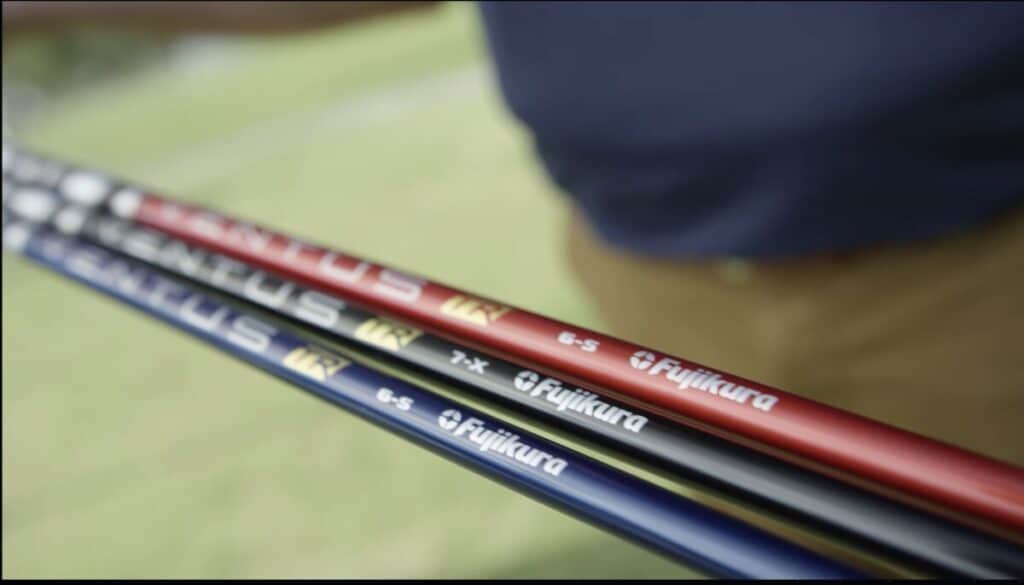
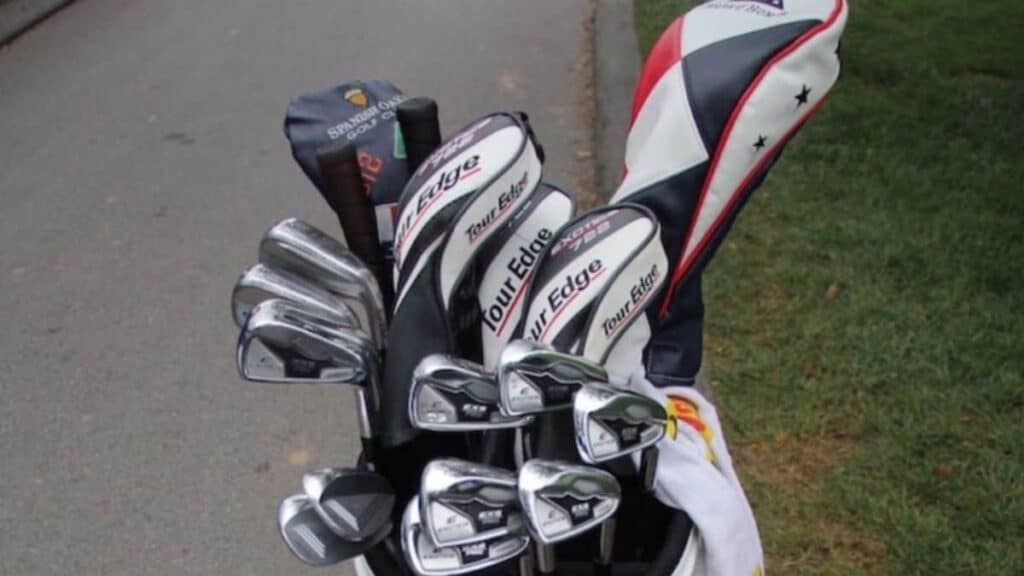
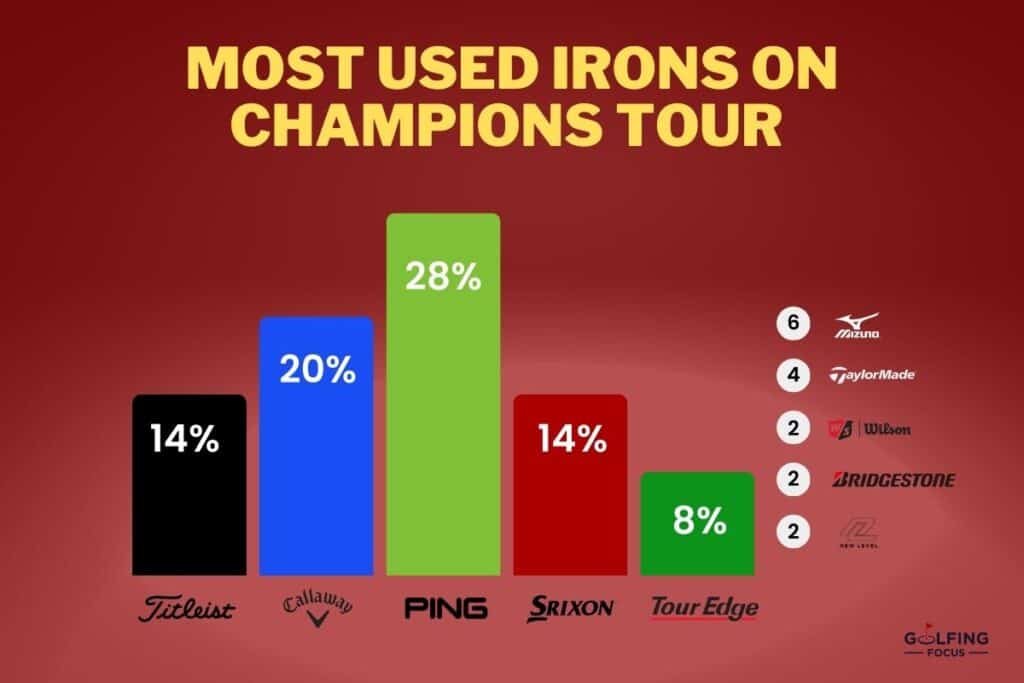
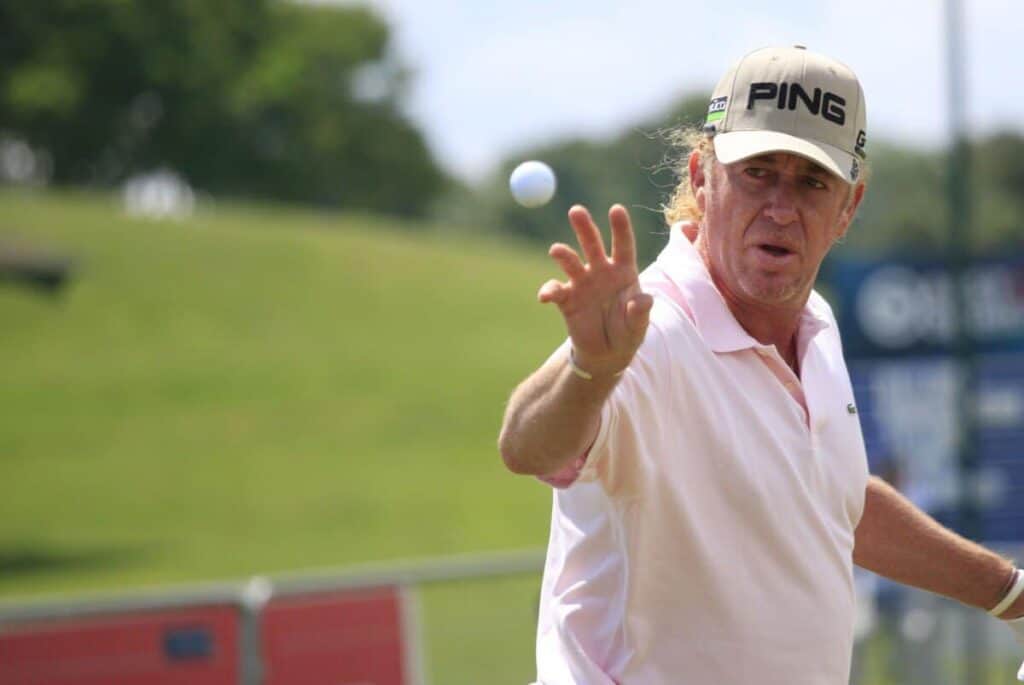
Leave a Reply